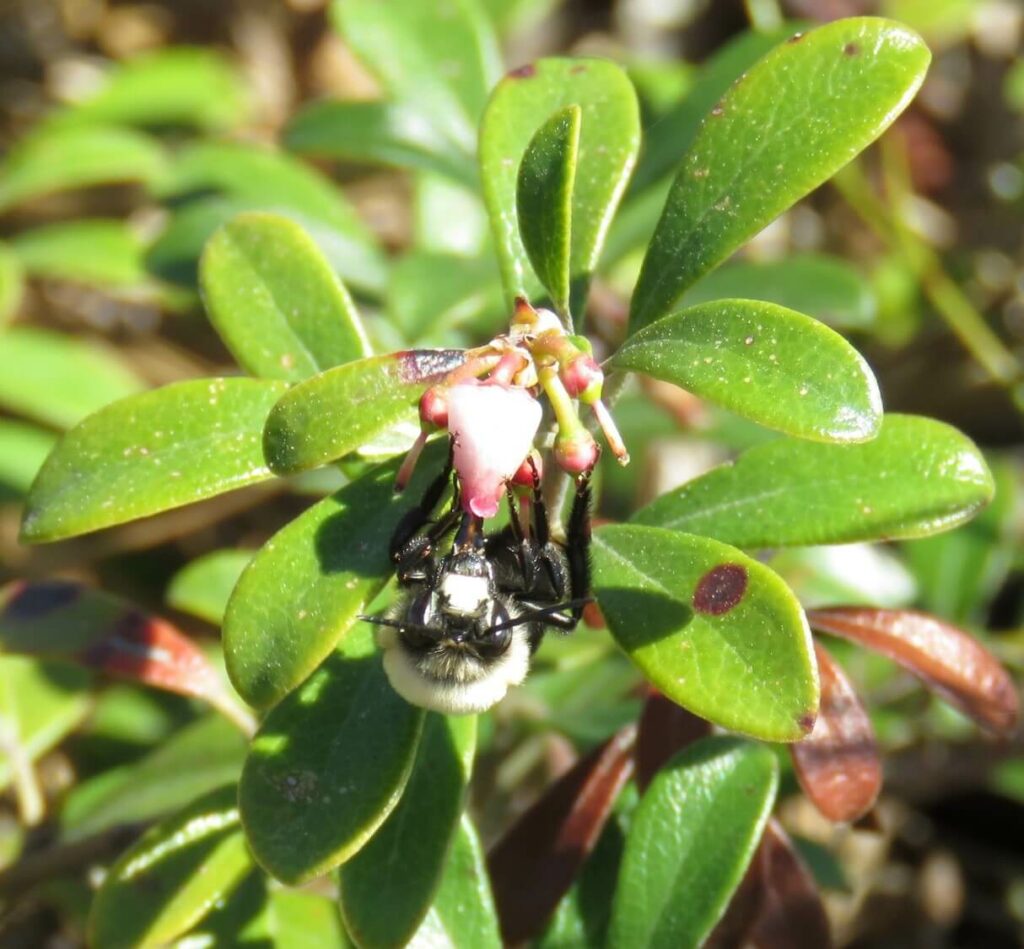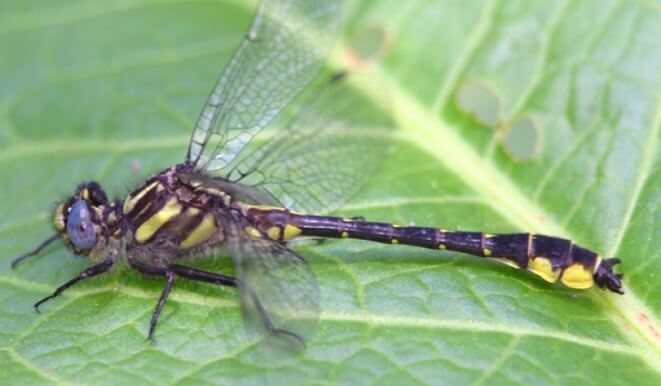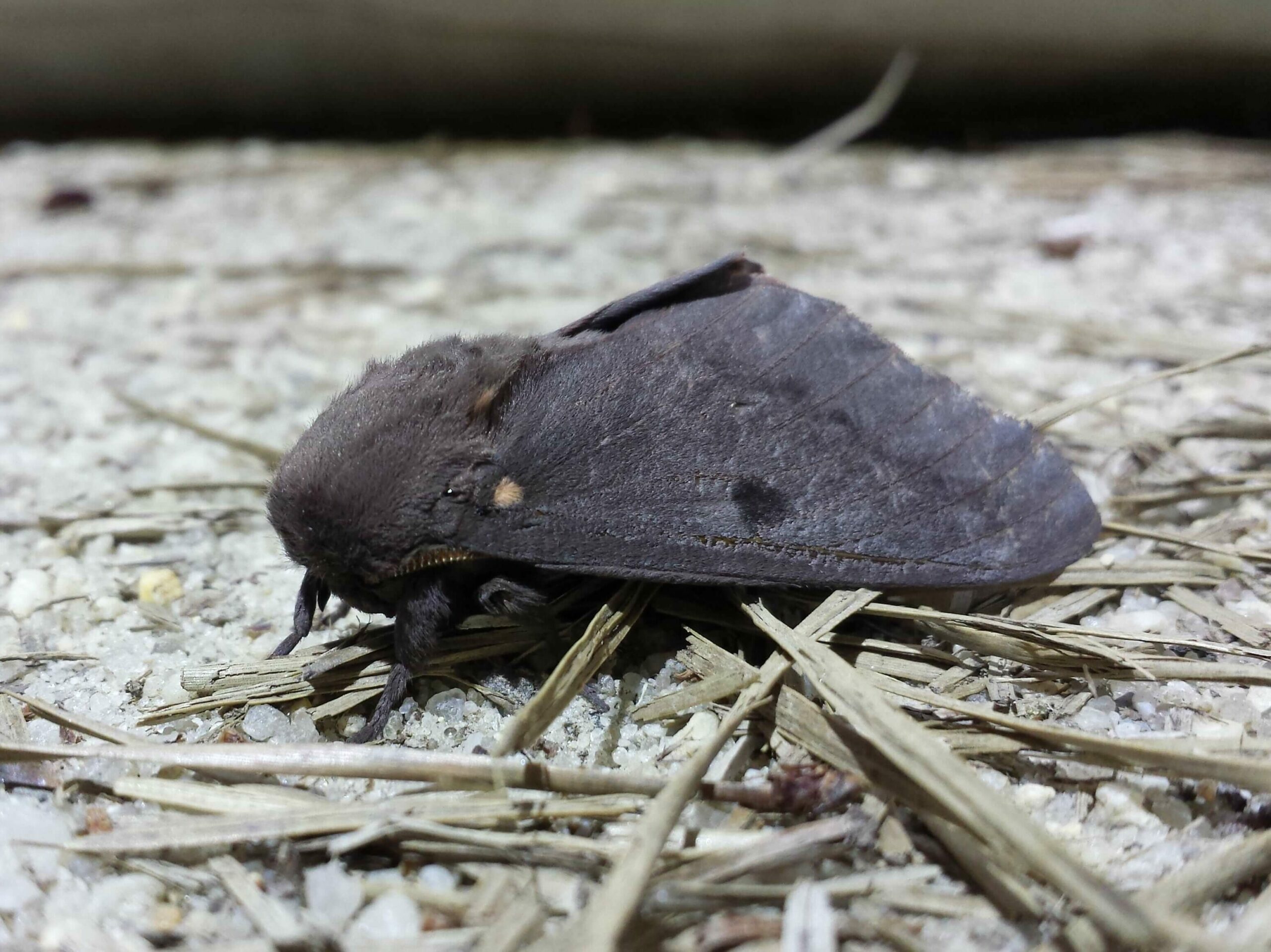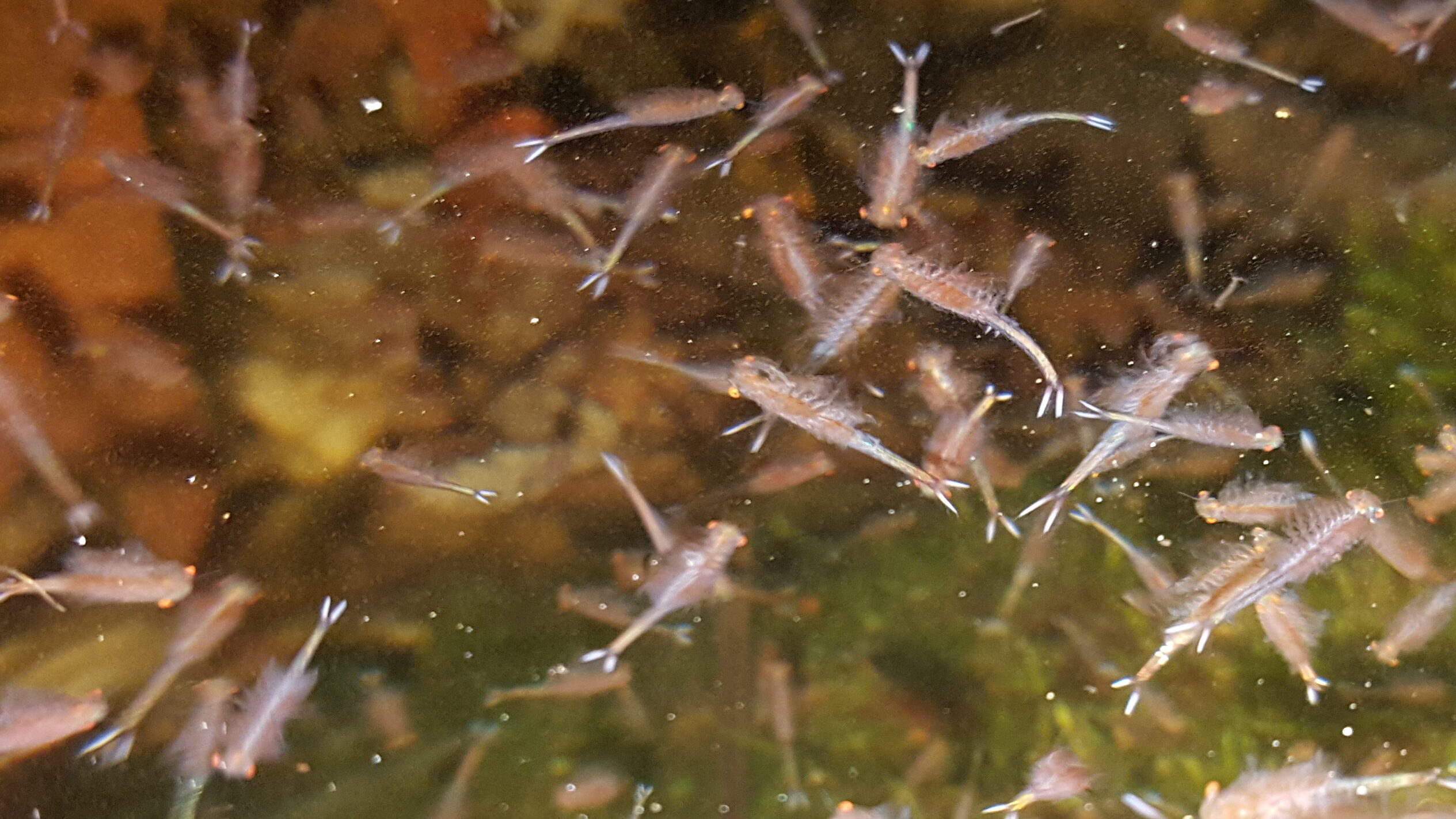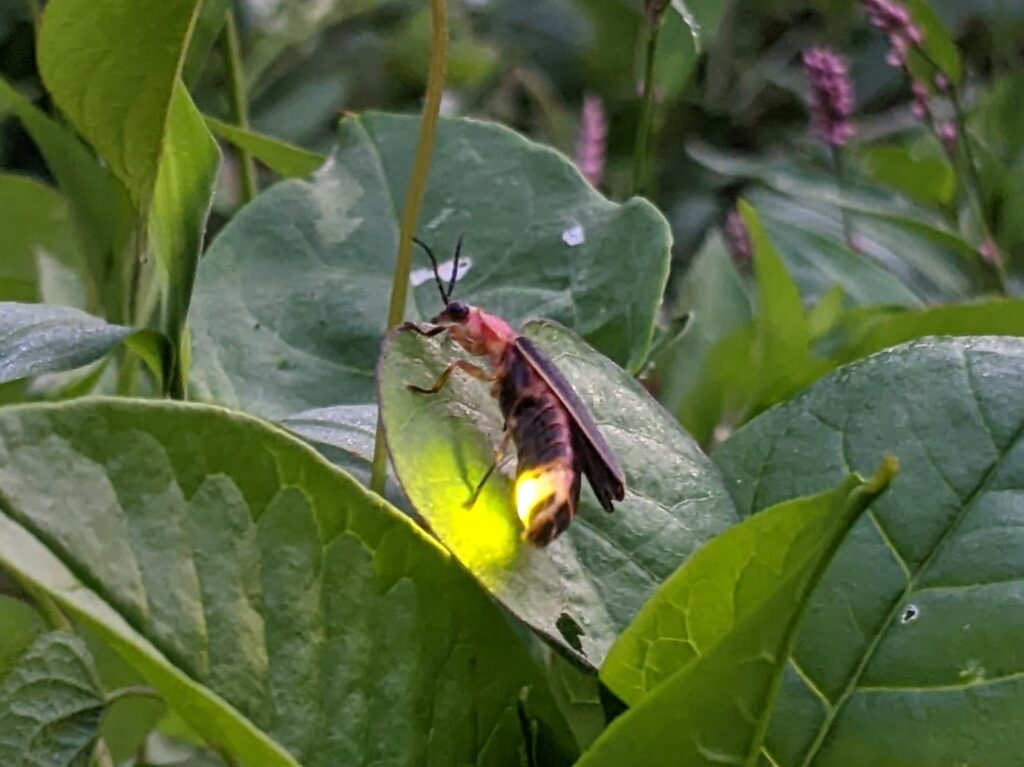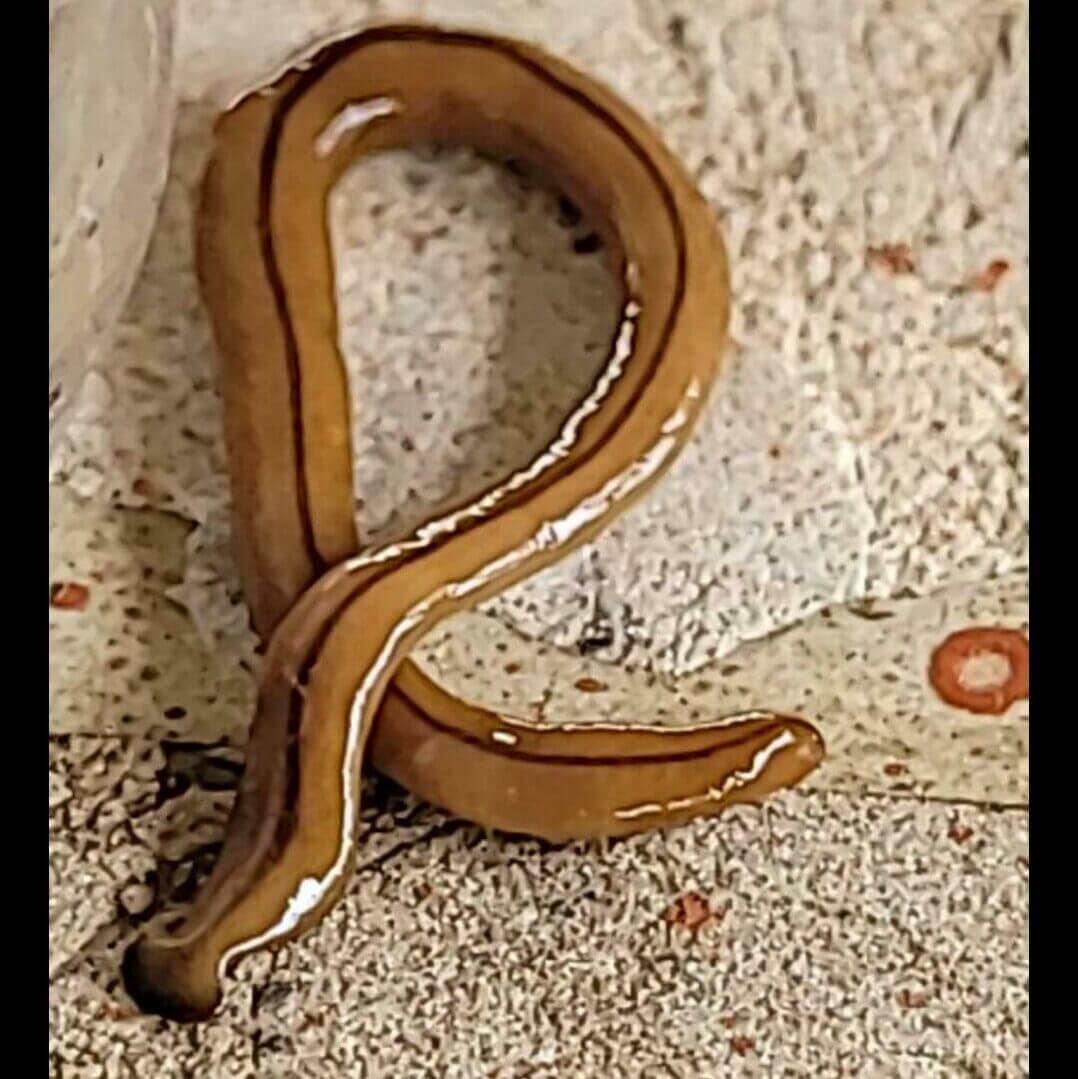New Jersey is home to an incredible variety of invertebrate species of wildlife, including thousands of species of insects like butterflies, dragonflies, bees, flies, and beetles, as well as non-insects like spiders, mussels, crayfish, clams, and fairy shrimp.





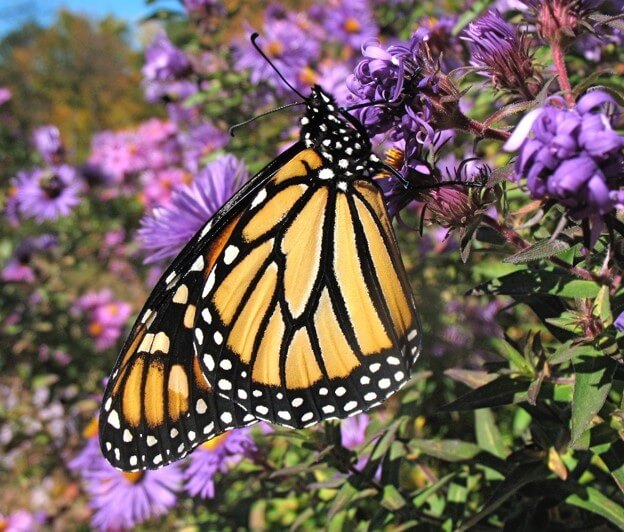

Invertebrates (animals without backbones) are critically important to healthy, well-functioning ecosystems that benefit not only other wildlife species but humans as well. These fascinating organisms occupy every habitat in NJ—from beaches where tiger beetles hunt their prey to the bottoms of streams and rivers where mussels filter water, to forest openings on the top of mountains where butterflies “hilltop” looking for mates.

For a small state, New Jersey supports many habitats, which explains our great diversity of wildlife. We are at the northern edge of the range for many southern species and the southern edge of the range for many northern species. We have many Appalachian species only found in our northern mountains and forests and many coastal-plain specialists only found in the New Jersey Pinelands.
New Jersey also provides habitats for some of the largest populations of certain Endangered and Threatened species in the entire Eastern United States. This variety makes New Jersey an amazing place to observe and study invertebrates! This information only touches the tip of the iceberg for all of the invertebrate species that are found in every habitat in NJ from the beach, ocean, and bay of Cape May all the way to the forests, mountains and streams of Sussex County and every ecosystem in between.

Current Research and Management Projects
State Pollinator Garden Project:
Currently the NJDEP Fish and Wildlife has an active partnership with the NJ State Tree Nursery and the NJ State Park Service to propagate and plant native wildflowers and butterfly foodplants throughout public lands within the State. We currently grow approximately 30 species of native wildflowers and plants that can be installed as kit pollinator gardens or to augment conservation and management projects. We grow several varieties of native milkweed plants for the monarch butterfly (milkweed is its only larval foodplant) as well as Wild Indigo for the Frosted Elfin butterfly.
To date we have completed almost 50 pollinator gardens and plantings on our various parks and wildlife management areas and have recently began partnering with other groups and land owners such as county and municipal parks and local Boy and Girl Scout groups. Some recent partners have been Middlesex County Parks, the Liberty Science Center in Jersey City and the State Museum in Trenton.


 Official Site of The State of New Jersey
Official Site of The State of New Jersey


